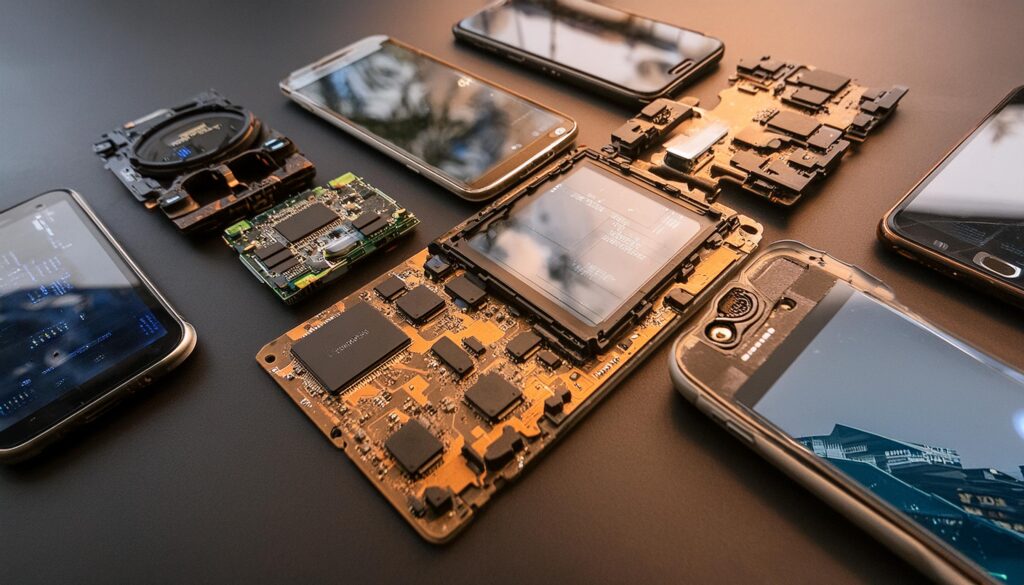
When it comes to understanding the performance and capabilities of your smartphone, the chipset plays a crucial role. This tiny yet powerful component acts as the brain of your device, influencing everything from speed and efficiency to graphics rendering and connectivity. Here’s a detailed exploration of smartphone chipsets to help you grasp their significance and make informed decisions when choosing your next mobile companion.
What is a Smartphone Chipset?
A chipset, also known as System on Chip (SoC), integrates various key components that are essential for the functioning of a smartphone. These components typically include:
- Central Processing Unit (CPU): Responsible for executing instructions and performing calculations, influencing overall speed and multitasking capabilities.
- Graphics Processing Unit (GPU): Handles graphics rendering, enhancing visual performance for gaming, video streaming, and UI animations.
- Modem: Manages wireless communications such as cellular networks (4G/5G), Wi-Fi, and Bluetooth connectivity.
- AI Processing Unit (AI): A specialized processor for artificial intelligence tasks, improving camera performance, voice recognition, and overall device optimization.
- Memory and Storage Controllers: Manage RAM (memory) and storage (e.g., flash memory) access speeds, impacting app loading times and multitasking efficiency.
Types of Smartphone Chipsets
1. Qualcomm Snapdragon
Qualcomm’s Snapdragon series is widely recognized for its performance and versatility. It often includes flagship models like the Snapdragon 800 series for high-end devices and the Snapdragon 600 series for mid-range smartphones. Key features include advanced AI capabilities, powerful GPUs for gaming, and integrated 5G modems for fast connectivity.
2. MediaTek Dimensity
MediaTek has gained prominence with its Dimensity series, offering competitive performance and value for mid-range and budget smartphones. Dimensity chipsets feature integrated 5G modems, AI enhancements, and efficient power management, catering to a broad range of consumer needs.
3. Apple A-Series
Exclusive to iPhones and iPads, Apple’s A-series chipsets are renowned for their seamless integration with iOS, delivering industry-leading performance and energy efficiency. They incorporate custom-designed CPUs and GPUs, ensuring optimal performance for demanding tasks like video editing and augmented reality applications.
4. Samsung Exynos
Samsung’s Exynos chipsets power a variety of smartphones globally, offering a balance of performance and power efficiency. They often feature advanced AI capabilities, integrated graphics solutions, and support for high-resolution displays and cameras.
Importance of Choosing the Right Chipset
Selecting the right chipset ensures your smartphone meets your performance expectations and usage habits. Whether you prioritize gaming, photography, or multitasking, the chipset directly impacts your device’s capabilities. Consider factors like CPU and GPU performance, modem capabilities (especially for 5G connectivity), and energy efficiency to match your needs.
Future Trends and Innovations
The smartphone chipset landscape continues to evolve with advancements in AI processing, 5G integration, and power efficiency. Future innovations may include enhanced security features, improved neural processing units (NPUs) for AI tasks, and increased integration of machine learning capabilities for smarter devices.
Understanding the nuances of smartphone chipsets empowers you to make informed decisions when upgrading or purchasing a new device. For more insights into the latest smartphone technologies and comparisons, explore our comprehensive smartphone reviews and guides.